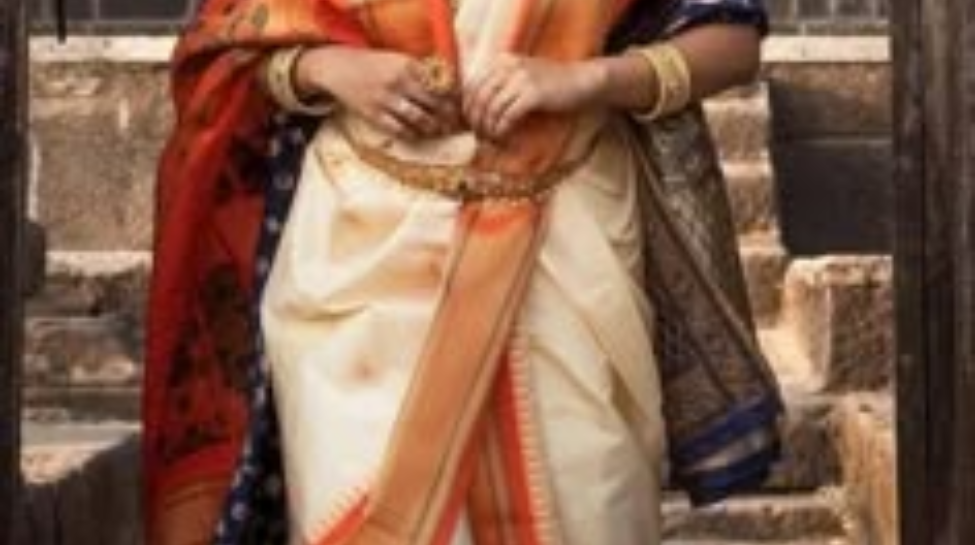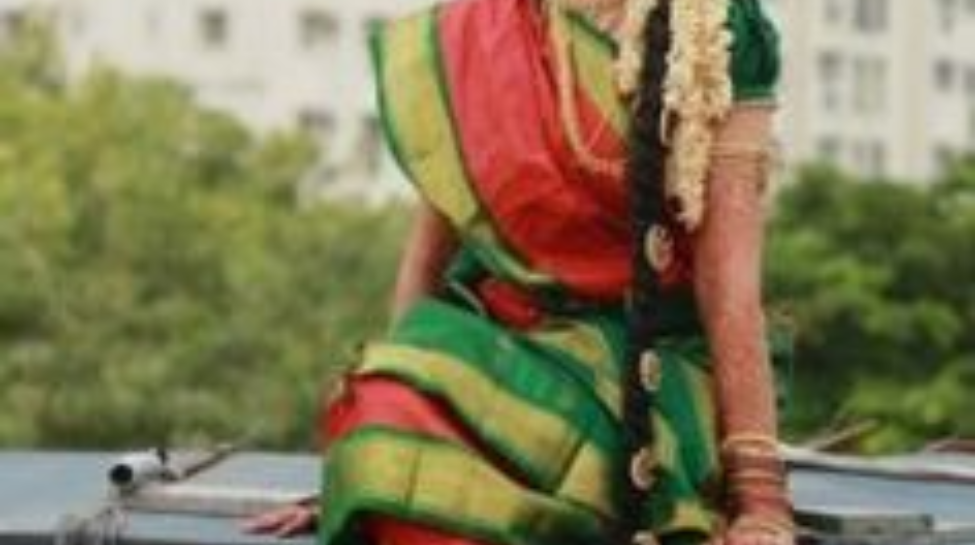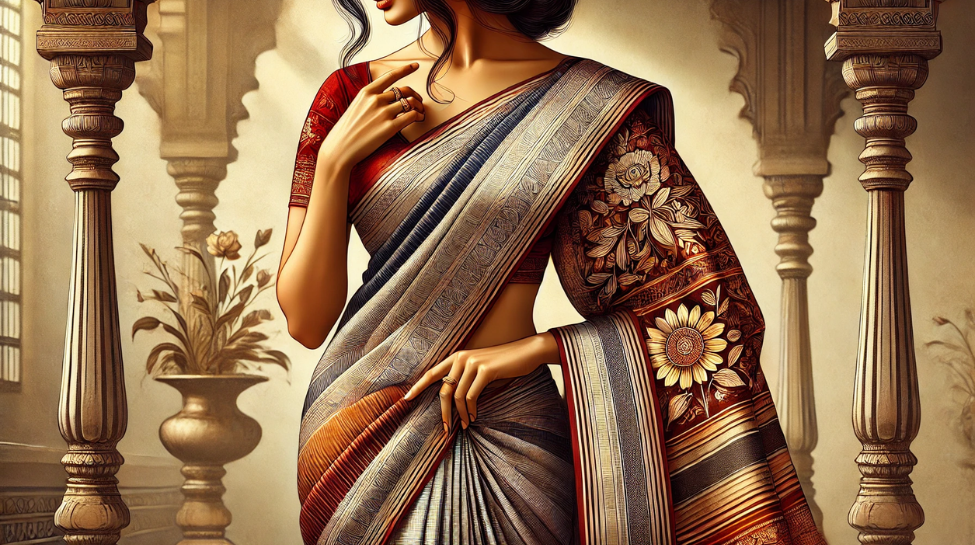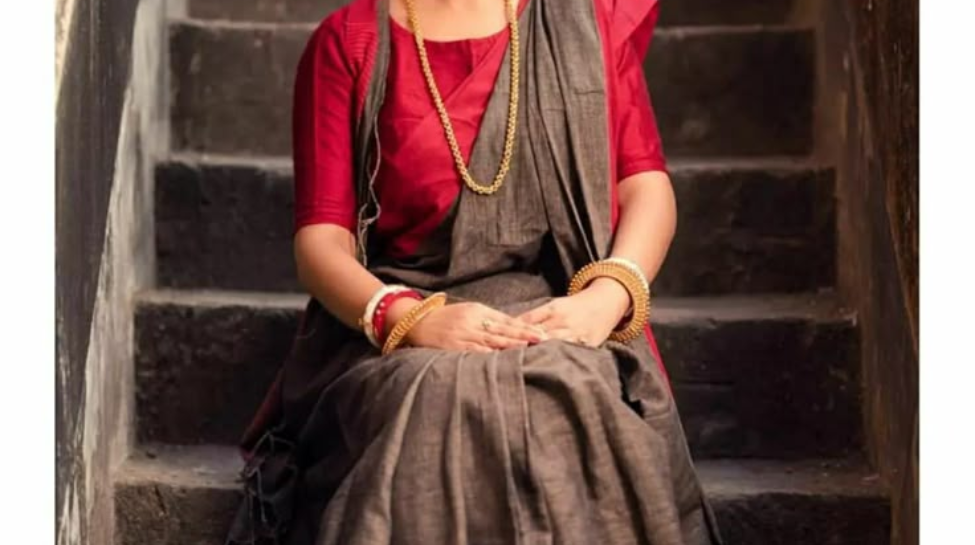7 Saree Styles from Different Indian States That You Should Try
India’s diverse culture shines through its traditional saree draping styles. Each style tells a story of heritage, functionality, and grace. Explore the beauty and significance of these iconic drapes.
Athpourey Shari (West Bengal)

A traditional drape with two pallus coming to the front and box pleats. Often adorned with a bunch of keys symbolizing household responsibilities
Maharashtrian Nauvari Style (Maharashtra)
)
A regal 9-yard saree resembling a dhoti, offering ease of movement. Often worn during religious rituals and weddings.
Settu Saree (Kerala)
)
Known for its cream-white base and golden borders, this elegant two-piece drape is perfect for auspicious occasions.
Madisaru (Tamil Nadu)
)
A complex 9-yard drape combining saree and dhoti elements. Worn by the Brahmin community for weddings and special religious ceremonies.
Gujarati Bandhani Style (Gujarat)
)
Featuring vibrant tie-dye patterns, this style showcases Gujarat’s textile heritage. Ideal for festive occasions, it’s traditionally paired with an unstitched blouse.
Nivi Style (Andhra Pradesh)
)
The most popular saree style, known for waist pleats and a pallu draped over one shoulder. Perfect for daily wear and special occasions, it accentuates the silhouette.
Bengali Style (West Bengal)
)
A graceful drape with no pleats at the waist and a fan-shaped pallu draped over both shoulders. Ideal for traditional ceremonies like Durga Puja.
Trending Photos



)
)
)
)
)
